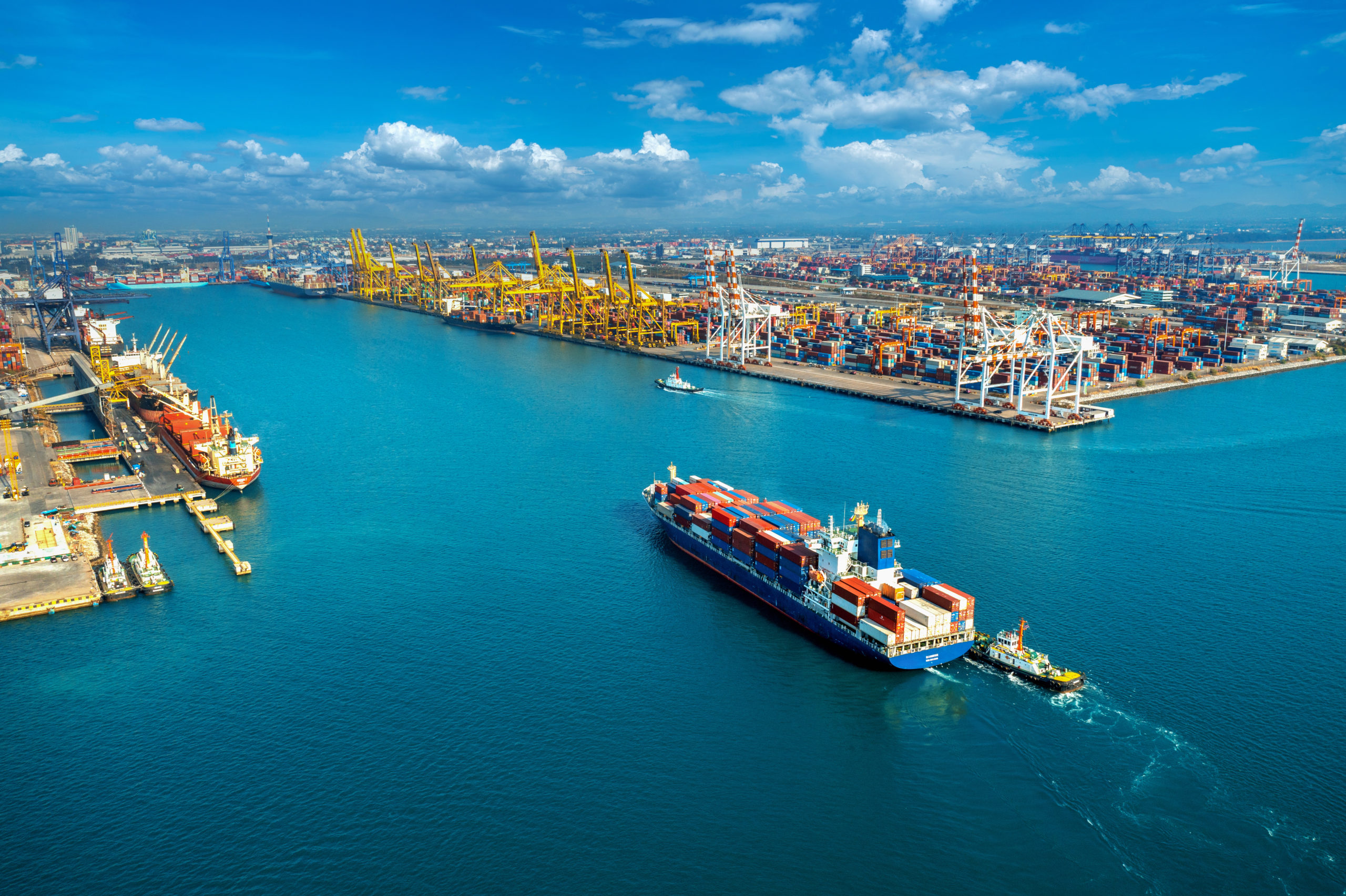
Sea freight is one way to get a car from A to B, and as the name suggests, it involves shipping the vehicle by boat.
If you need to transport a high-value vehicle, such as a classic car or collectible sports car, there are several types of freight available to choose from:
- Road freight for shorter deliveries on dry land
- Sea freight for medium distances and economy
- Air freight for fast delivery over long distances
This is just a rule of thumb. For example, air freight may be used over relatively short distances for extremely time-critical deliveries – it always depends on what you need at the time.
What is sea freight?
So, what do we mean by sea freight? Along with road and air, it’s one of the main types of automotive freight offered by Ontime Automotive.
We use roll-on, roll-off sea freight (also called Ro/Ro) which allows your car, or one of our covered car transporters, to drive directly on to the ship via a ramp from the quayside.
At the destination port, the vehicle again just drives via a ramp on to dry land and can continue its journey immediately.
Sea freight is ideal for short hops across water, such as to cross the English Channel, or as an economical option for longer ocean freight deliveries.
How does sea freight work?
Now we know the basics, let’s look at some of the pros and cons of sea freight:
Pros of sea freight
Sea freight is surprisingly versatile. Over 70% of the surface of the Earth is water, and sea freight can allow vehicles to cross those areas, instead of taking long inland diversions or using expensive air freight services.
Transporting vehicles by sea is economical and very easy, thanks to Ro/Ro freight which means the car transporter (or the car itself) just drives directly onto and off of the boat.
Sea freight can cover almost unlimited distances. While it is slower than air freight, this means that you can transport luxury cars worldwide with excellent cost-efficiency.
Cons of sea freight
We’ve already touched on some of the cons of sea freight above, so let’s summarise them briefly here:
- Sea freight is slower than air freight, especially over long distances
- Shipments are port-to-port (i.e. will need road freight for final-mile delivery)
- Deliveries may be subject to route schedules and weather conditions
All automotive freight services are susceptible to outside forces. By working with a reputable operator like Ontime Automotive, you benefit from our expertise to get your vehicle to its destination on schedule, even in the event of unavoidable disruption.
What about road and air freight?
Let’s quickly compare the three types of automotive freight:
Sea freight
Journeys across water. Sea freight is economical, reliable and suitable for all distances, subject to scheduling and deadlines.
Road freight
Journeys across land (and final-mile legs of sea/air freight). Road freight is the go-to option for short shipments and domestic deliveries.
Air freight
Journeys across land and sea. Air freight can cover large distances significantly faster, but costs more, making it the premium option for time-critical, long-distance routes.
When to choose sea freight
In general we would recommend you choose sea freight for medium-distance deliveries with a water crossing, such as transporting a sports car to mainland Europe.
We can arrange long-distance sea freight to destinations including China, Japan, the USA and Canada, if you want to avoid using air freight due to cost or other considerations.
To find out more about our automotive freight services or to ask for our opinion on which method you should use, please get in touch and we’ll be happy to help.